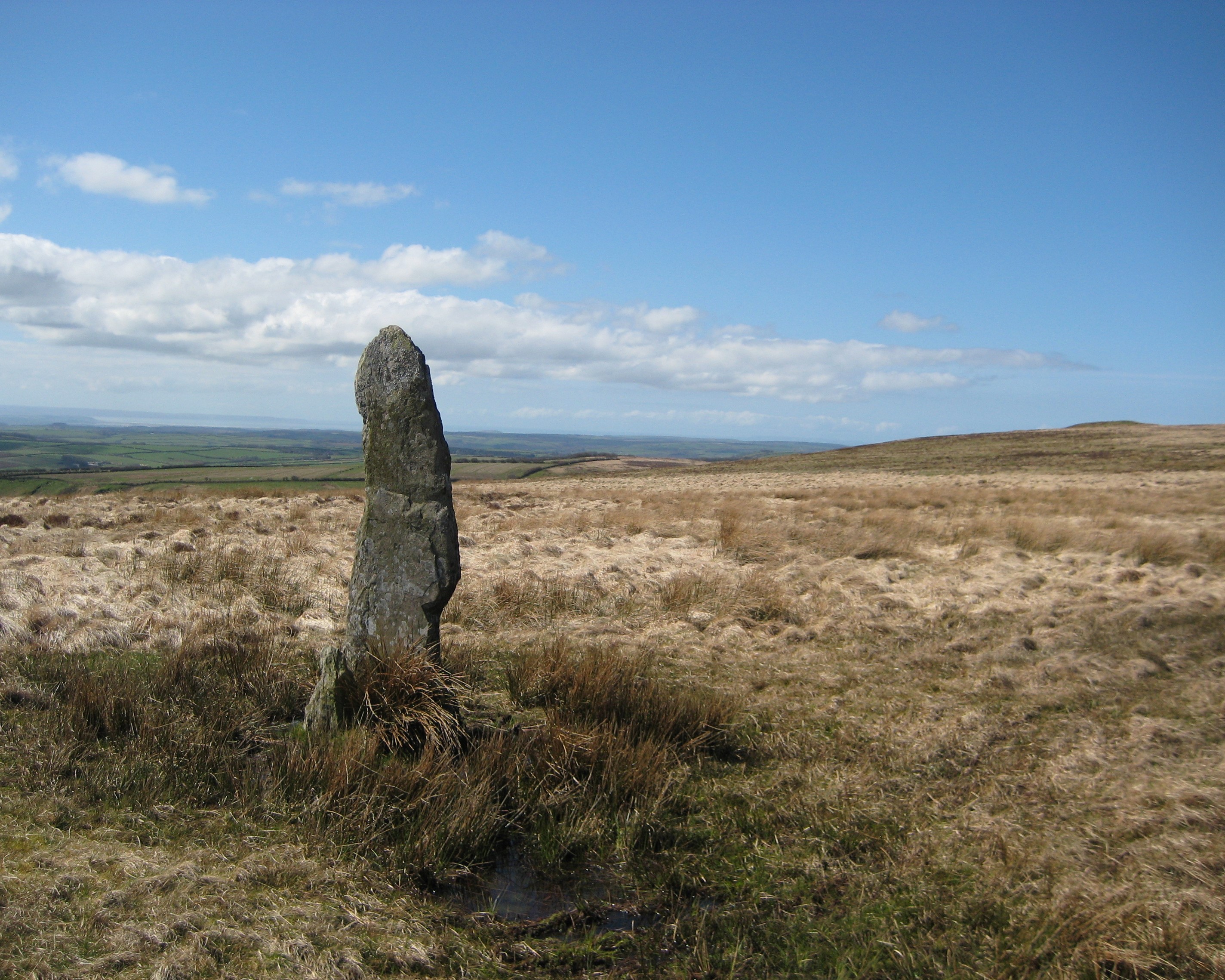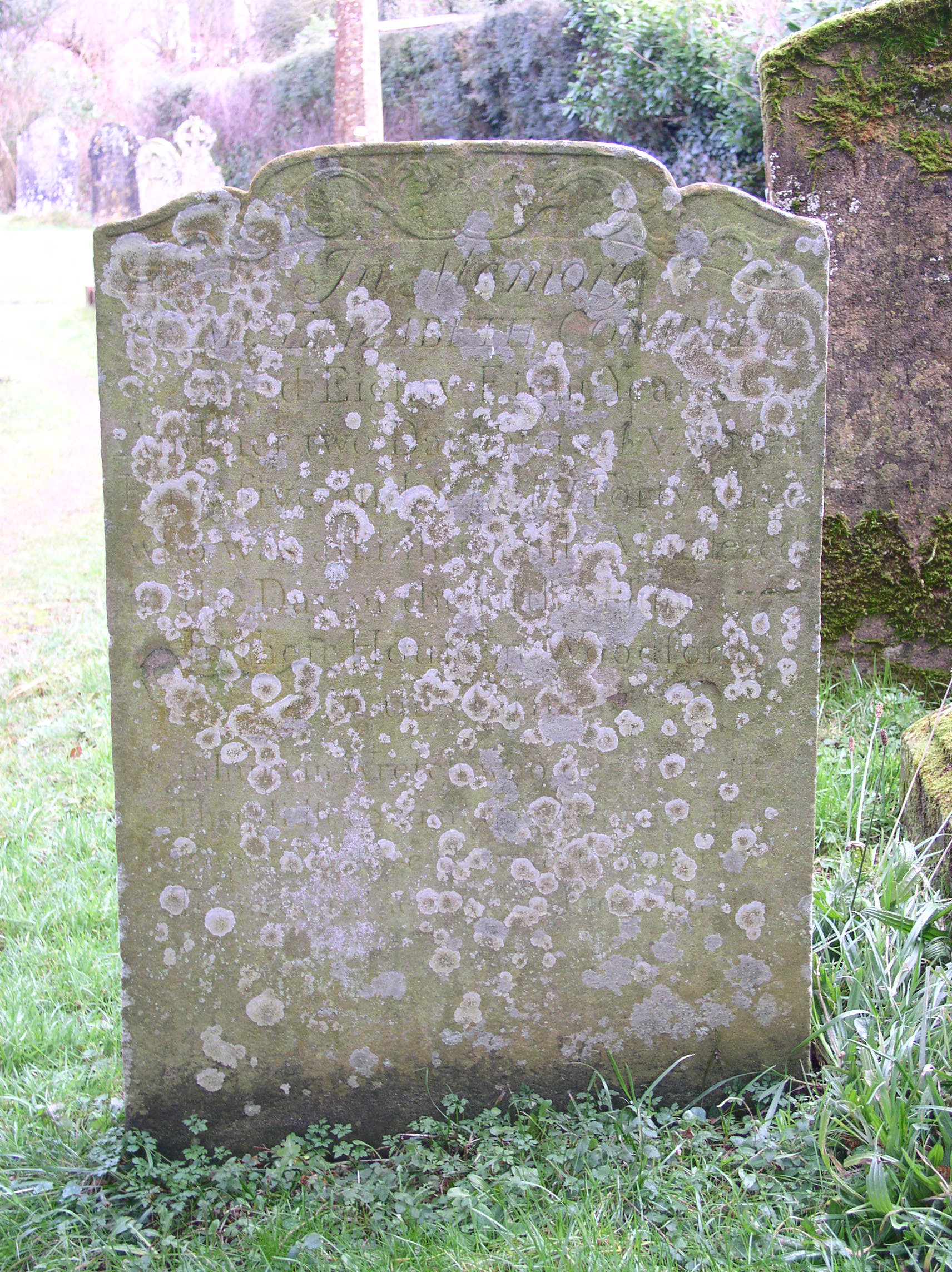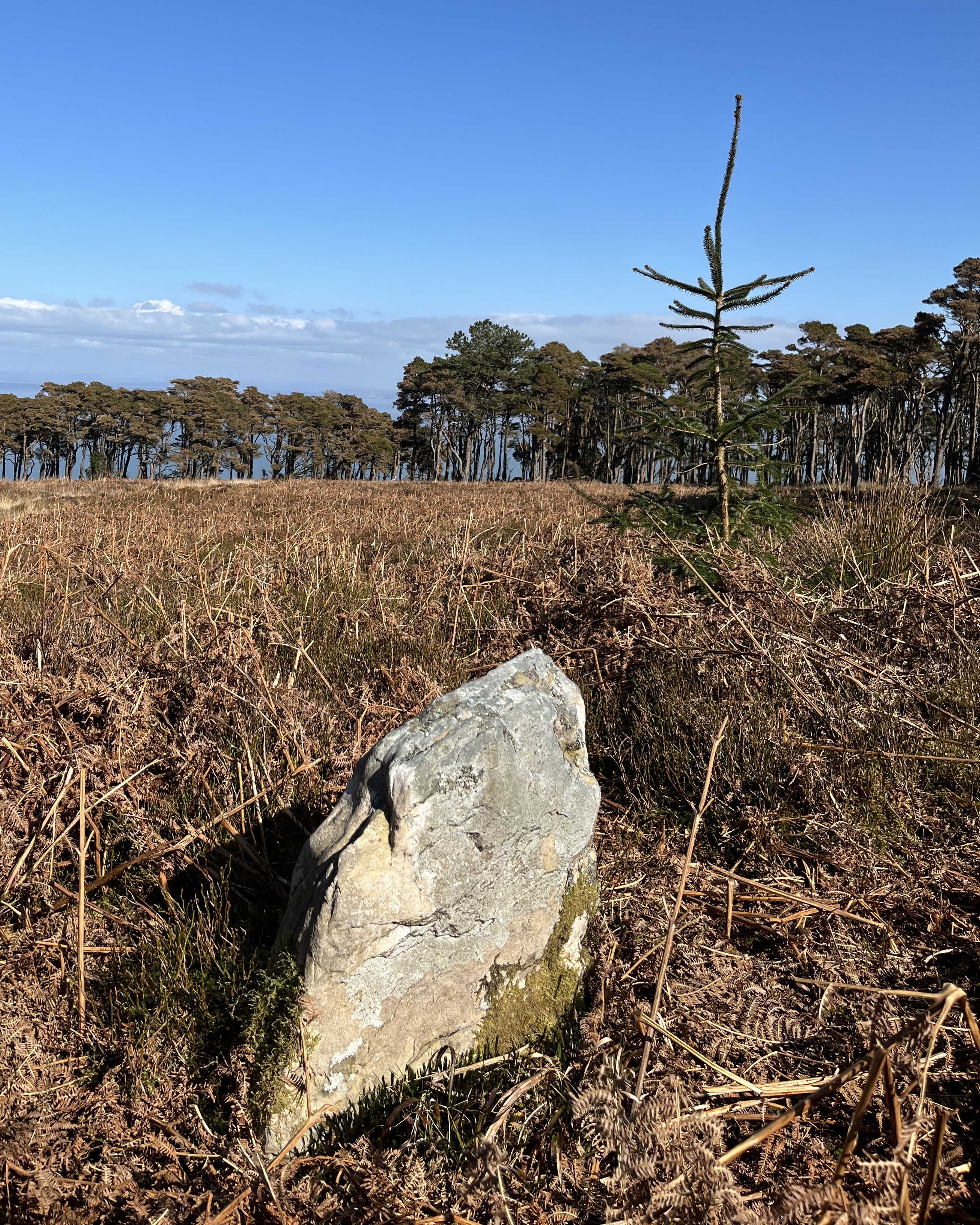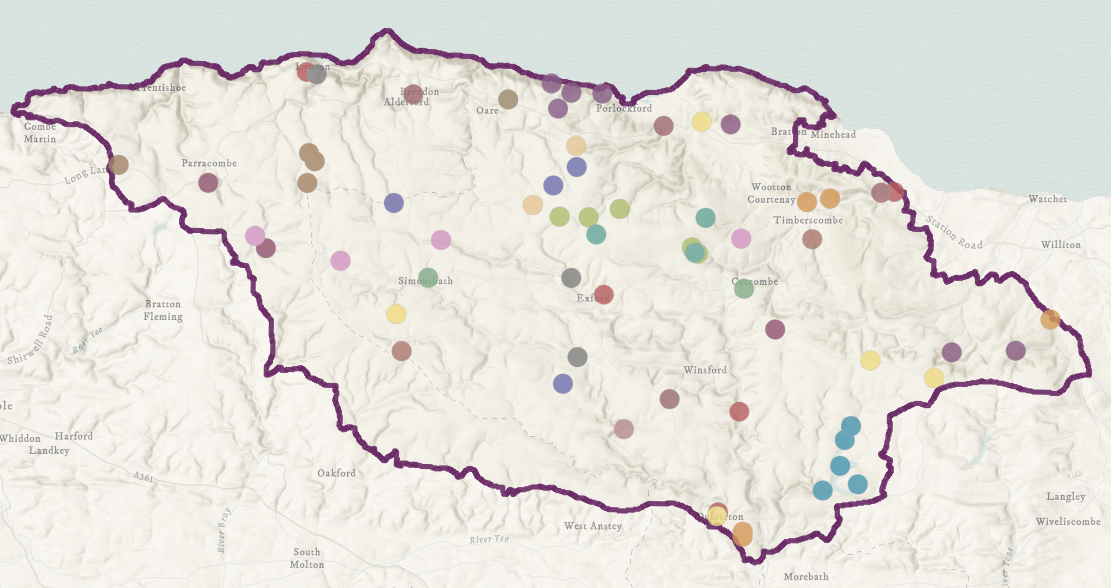Exmoor Stories
Exmoor Stories: history and archaeology, people and places of Exmoor National Park
These blogs started as a celebration of 70 Years of Exmoor National Park. However, it very quickly became clear that there are far more than 70 sites to feature or stories to tell, and that the Exmoor Historic Environment Record is packed full of fascinating places and people that were too good to leave out!
The blogs have found a new home and a new name as Exmoor Stories. To help you navigate these, especially as they are growing, we have divided them into four categories based on shared themes.
The TIME theme is focused on sites that help us understand particular periods in Exmoor’s past. They’re a great place to start if you’re looking for information on particular kinds of monuments, like standing stones or Mesolithic sites.
The TALES theme is centred on the human stories that bring Exmoor’s past to life. It’s here you will find the people who have lived and died, worked and played on Exmoor and their amazing stories.
The TRADITIONS theme looks at the intangible heritage of Exmoor- the festivals and turning of the year, the beliefs and the values that people have carried with them. Candlelit ghost stories, village fayres and social life- you’ll find these stories here.
The TRANSFORMATION theme explores the dynamic nature of Exmoor. This landscape never stands still, always changing and shifting over time. Sometimes those changes are dramatic, like the creation of Wimbleball Lake, but sometimes they are more subtle, like the shifts in farming practice that transformed the moor in the 19th century. Big or small, this theme examines change in all its forms.
Please use the Map below to navigate around Exmoor and hear all about the Stories that have been told Time, Tales, Traditions or Transformation






